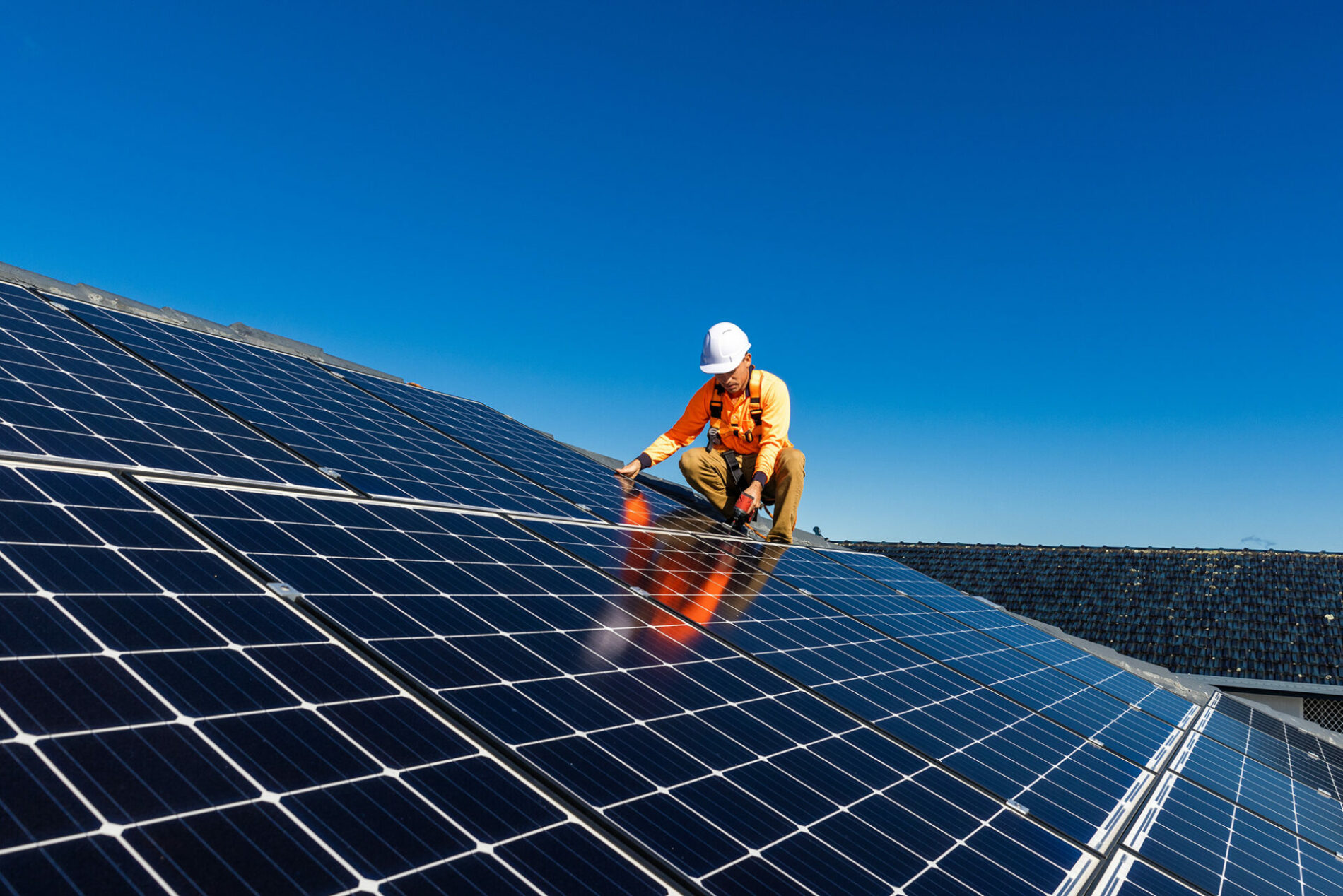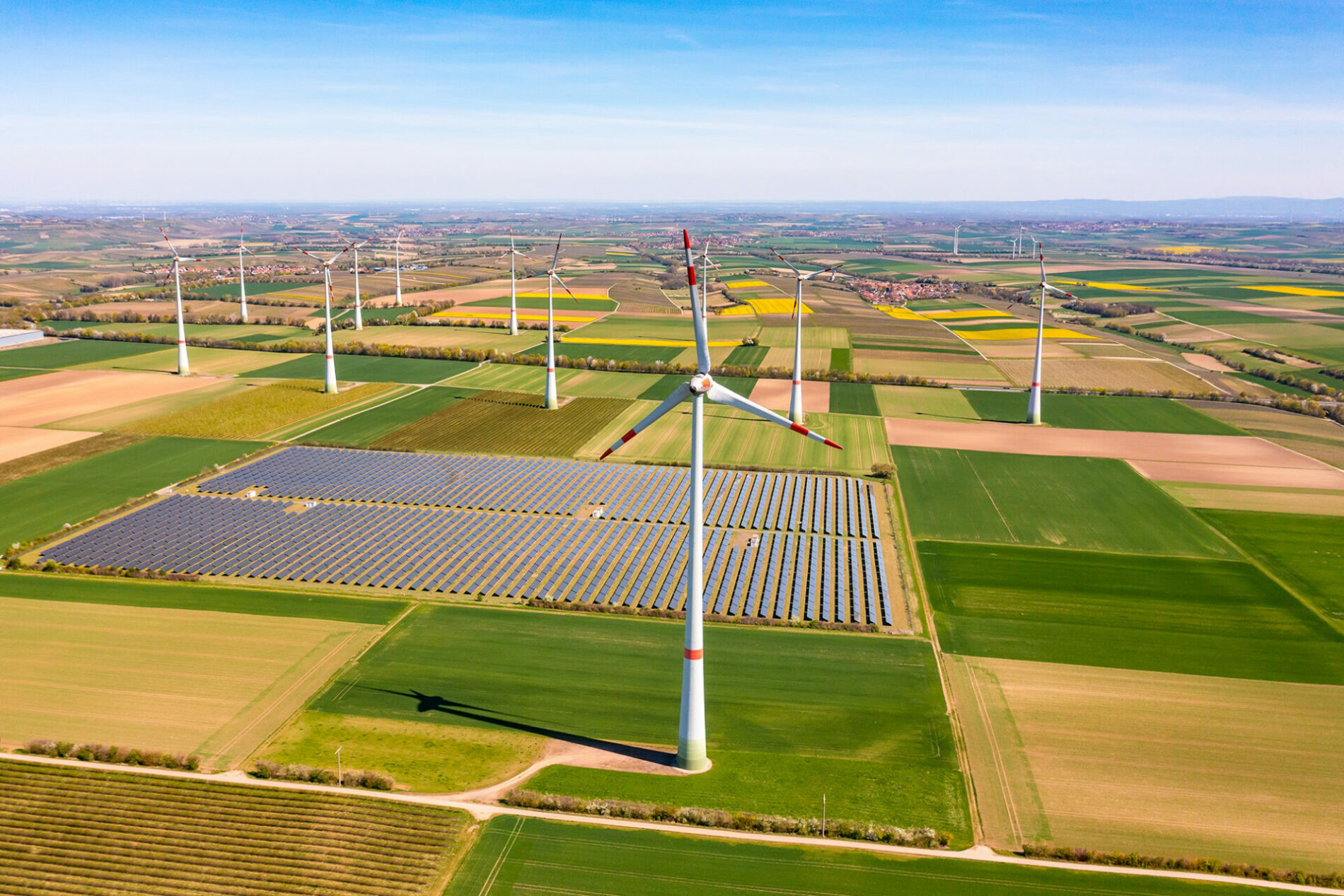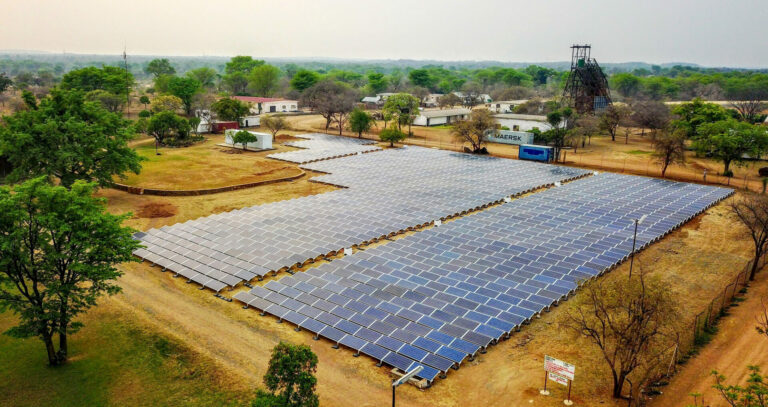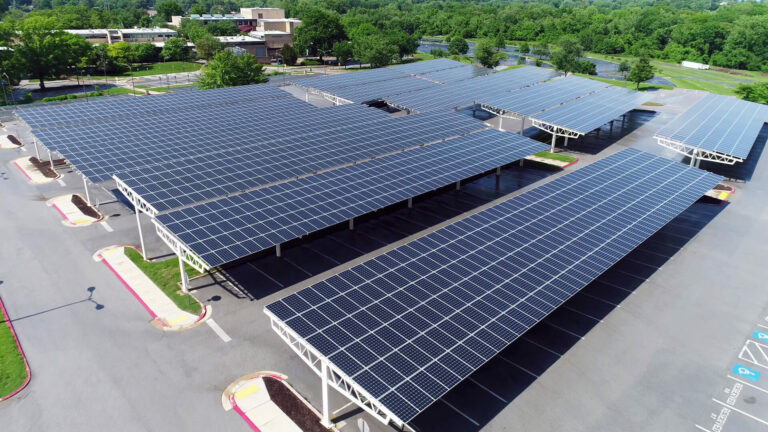In order to transition to clean energy, a number of things need to happen. Legislation and governance can only go so far. People need to make difficult choices. Alternative energy providers need to grow in popularity. One of the deep-rooted challenges when it comes to the North American energy sector, is the close relationships that traditional energy sources still have with both local and federal governments. Coal, oil, and gas sectors have strong lobbying power. Unfortunately, the reality is that wholesale change will not come unless the powers that be allow it.
It is within this context that rural energy co-ops sit. In an effort to wrestle back control in relation to energy suppliers and materials, incremental changes are in fact taking place. But first, an explanation. The term ‘rural energy co-op’ refers to the concept of local communities that either harvest or generate its own energy supply. These local groups can also identify providers and work on a collective bargaining basis to ensure the best deal for its owners —local residents. Historically however, these co-ops have been slow to move away from fossil fuels. Due to the costs involved in pivoting to renewable power, these cooperatives are largely tied into historical contracts meaning that they are reliant on coal to supply power and heat. While the idea goes that these co-ops are small operations, the facts tell a different story. Rural co-ops are providing electricity to an incredible 56% of the United States. This equates to around 43 million people and includes 92% of persistent poverty counties.

According to a recent report by The National Rural Electric Cooperative Association (NRECA), these co-ops also provide power to 21.5 million businesses, schools, and farms across 48 states. Clearly, the pull of rural co-ops could be a sea change if enabled to switch to sustainable sources. Surprisingly, these switches are already beginning to happen, albeit on smaller numbers that environmentalists would like. In 2016, only 17% of co-ops energy needs was being met by sustainable materials. In 2021, this figure had jumped to 22%. While this is not a monumental leap, it is encouraging, nonetheless. If we also consider that over the same period, the use of coal dropped by almost a tenth to 32%, we see a pattern emerging.
Kit Carson Electric Cooperative, a rural co-op in New Mexico, is revolutionizing the field by turning away from fossil fuels entirely. In 2010, KCEC members voted overwhelmingly to move the co-op over to 100% renewable energy. Driven by the persistence of its members, i.e., households and businesses of the local community, Renewable Taos was set up as a provider of 100% sustainable power to the New Mexico cooperative. Battling historical views and traditional mindsets, the process was aided by the falling cost of solar energy. Incredibly, the Kit Carson cooperative hit an important goal in 2022. Renewable energy now provides 100 percent of the year-round daytime electrical needs of its more than 30,000 members.
“Renewable energy now provides 100 percent of the year-round daytime electrical needs of its more than 30,000 members.”
This shift towards renewable energy sources is not merely an environmental one. While the benefits of renewable energy were certainly front and center for those at Kit Carson, there is also the small matter of cost. As environmentally sound as any project may be, people tend to vote with their pocket. After six years, the members of KCEC are reaping financial rewards also. Rates have dropped by an astonishing 33% since moving to renewables which equates to a drop of around $15 per month for users.
In 2022, a landmark law was passed which may hold the key to rural co-ops accessing renewable energy. The Inflation Reduction Act has set aside $10.7 billion for rural co-ops and other electrical service providers to access through grants and loans. These grants come with the stipulation that the providers are affordable and clean energy focused. According to Bryce Yonker, Executive Director and CEO of Grid Forward, a nonprofit industry trade organization working to advance energy modernization and innovation in the western United States, the amount of funding available is staggering. “It’s a huge amount of money,” he said. “It’s a transformational amount of investment incentives for smaller grid operators.”

For Agriculture Secretary Tom Vilsack, this funding —and the use of cleaner energy, by extension— will provide rural communities with both an affordable and reliable power grid. It will also support new jobs and help lower energy costs in the future. This is evidenced, he says, by statistics that point to over 170,000 jobs created through investments in clean energy and climate. A projected 1.5 million additional jobs are expected to be added over the next decade. “These investments will also combat climate change and significantly reduce air and water pollution that put children’s health at risk,” Vilsack said. “The U.S. Department of Agriculture stands ready to partner with municipalities, tribal entities, entrepreneurs, rural electric cooperatives and other utilities to see this transformative investment come to life and create new economic growth and healthier communities.”
However, the transition to sustainable energy sources is not likely to be a smooth one. Fossil fuel energy providers will be reluctant to release their grip on the sector. In fact, one of the most significant barriers to transitioning is the financial implications for co-ops when attempting to break long-term historical contracts. In some instances, cooperatives are tied into contracts as long as 75 years. For Kit Carson, the prospect of a high financial penalty for breaking its contract was not enough of a deterrent. According to Maria McCoy, researcher at the Institute for Local Self-Reliance, the community is now reaping the benefits. “Kit Carson negotiated its release from Tri-state generation and transmission back in 2016 and was kind of the first to do this successfully. And so, Kit Carson immediately got a 15% savings from its new supplier, and even though it had to pay this $37 million exit fee to Tri-State, the co-op has projected that it’ll save anywhere from 50 to $70 million over the 10-year length of its new contract with this new supplier. And so, all that money can stay in the community and build the local economy. Additionally, with the new contract Kit Carson members can generate as much energy locally as they want. And so, the co-op has set and now reached its goal to generate a hundred percent of its daytime energy with solar.”
With federal funding assisting rural co-ops in financially breaking free of contracts, the stage might be set for these energy providers to pivot to renewables in the very near future. At 56% of U.S. electrical consumption, it would prove to be an enormous statement in the goal towards achieving Net Zero.


















